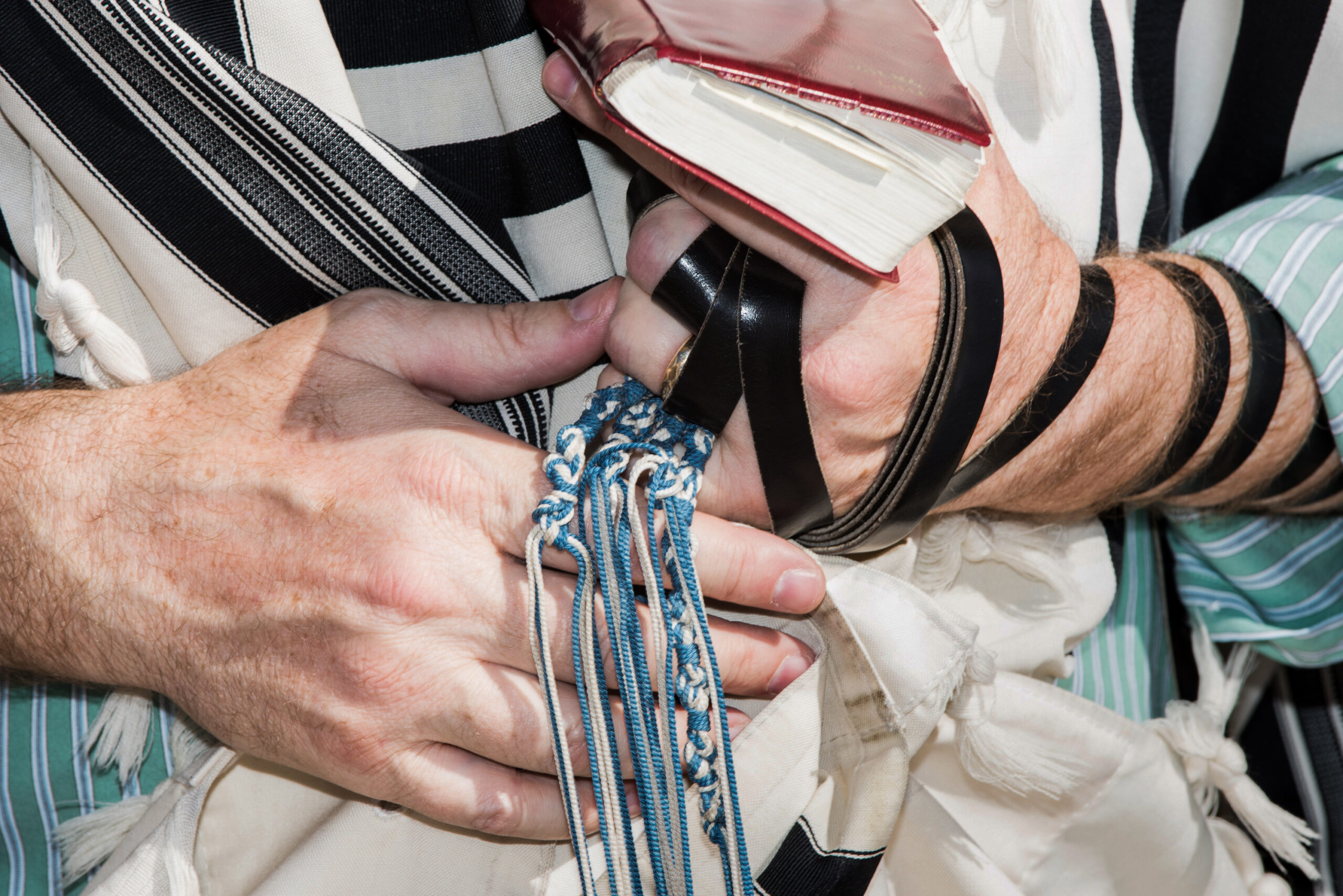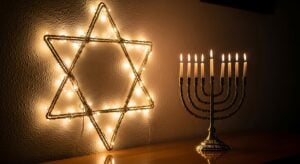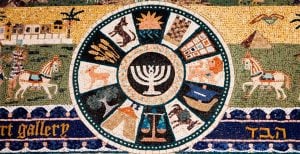From ancient Israel to modern synagogues across the globe, tefillah, Jewish prayer, has been the heartbeat of our spiritual expression. It is how we speak to Hashem, express gratitude, seek guidance, and affirm our identity. More than just words, prayer is a daily connection between Jews and their Creator, filled with meaning, history, and heart.
Where Did Prayer Begin?
Did the Jewish people always have set prayers three times a day?
The roots of prayer trace back to biblical times. In the book of Shmuel (Samuel), we read of Channah pouring out her soul before Hashem, which is one of the earliest models of heartfelt prayer. Her silent, sincere words became a model for personal supplication. Later, during the era of the Anshei Knesset HaGedolah (Men of the Great Assembly), the structure of Jewish prayer began to take formal shape. The Tannaim (early rabbinic sages) codified these practices, linking each daily prayer to the biblical Patriarchs: Shacharit (morning prayer) to Avraham, Mincha (afternoon) to Yitzchak, and Ma’ariv or Arvit (evening) to Yaakov. What began as spontaneous communion evolved into a rhythmic part of Jewish life.
Why Do We Pray to Hashem?
What is the purpose of praying if Hashem knows our thoughts? Jewish tradition teaches that prayer isn’t just about asking for things or for Hashem’s benefit; rather, it’s about building a relationship that is mutually beneficial. Through tefillah, we cultivate humility, gratitude, and awareness of Hashem’s presence in our lives. It centers us, reminding us of our place in the world and our dependence on something greater. It elevates our day-to-day existence and reminds us that we are never alone.
Prayer is a discipline of the soul. It transforms ordinary moments into sacred ones and gives voice to our deepest hopes and struggles. In times of joy and sorrow, we turn to Hashem through prayer.
The Daily Prayers and Their Power
Why do we pray three times a day?
Shacharit, Mincha, and Ma’ariv are more than obligations; they serve as spiritual anchors. Shacharit greets the morning with praise and hope, Mincha offers reflection in the heart of the day, and Ma’ariv prepares the soul for night. Among these services, certain prayers stand out in both beauty and significance:
- Shema Yisrael – A proclamation of faith and unity, Shema is recited morning and evening, echoing the commandment in the Torah to speak of these words “when you lie down and when you rise up.”
- The Amidah, also called the Shemoneh Esrei, is the silent, standing prayer at the core of each service.
- Birkat Kohanim, the Priestly Blessing, is a moment of Divine love and protection, and it is still recited in synagogues during festivals in the presence of Kohanim.
Most of these are found in the siddur (Jewish prayer book), which serves as both a guide and a spiritual companion.

What Is a Minyan and Why Does It Matter?
Why can’t some prayers be said alone? Many communal prayers require a minyan, a quorum of ten Jewish men over the age of thirteen (in Orthodox tradition). This concept emphasizes the power of community and collective sanctity. With a minyan, we can recite Kaddish, Barkhu, the public Amidah, and other responsive prayers that sanctify Hashem’s name publicly. While personal prayer is powerful, communal prayer magnifies that power and strengthens bonds among individuals.
Being part of a minyan isn’t just about fulfilling obligations; it’s about supporting others, sharing in communal responsibilities, and helping those in mourning or celebration fulfill their mitzvot.
Shabbat, Holidays, and Special Moments – Elevating Sacred Time
How does prayer change on Shabbat and holidays? On Shabbat and chagim (holidays), our prayers shift in tone and content. We add special services like Mussaf, sing joyful songs like Lecha Dodi, and focus more on praise and peace than on petition. The Amidah for these days includes themes of rest, holiness, and redemption.
Praying on Shabbat or festivals while wearing a tallit and holding a beautifully crafted siddur makes the experience feel even more elevated and meaningful!
Nusach, Custom, and Identity
Is prayer the same in every Jewish community?
While the heart of tefillah remains constant, Jewish communities developed different nusachim (prayer rites or styles). Nusach Ashkenaz (Central/Eastern European), Nusach Sefard (used by many Hasidim), and Nusach Edot HaMizrach (Middle Eastern traditions) differ in melodies, wording, and customs. These variations reflect rich cultural heritages, while still uniting all Jews in a shared devotion to Hashem.
Men, Women, and the Halachic Perspective
Are men and women equally obligated to pray?
According to halacha (Jewish law), men are obligated to pray three times daily. Women, traditionally exempt from time-bound commandments, are still required to pray, though often in a more flexible framework. Most halachic authorities hold that women must recite at least one daily prayer, particularly the Amidah. In modern communities, women increasingly take active roles in prayer life, with meaningful engagement across the spectrum of observance.
Modern Jewish life sees growing inclusion and opportunities for women to engage with prayer meaningfully, while honoring traditional boundaries and interpretations.
Beyond the Siddur: Blessings, Psalms, and Spontaneous Prayers
Is tefillah only found in formal services? Not at all. Jewish prayer infuses every part of life: from the morning Modeh Ani, to blessings before and after eating, to psalms for comfort or gratitude. The Tehillim (Book of Psalms) offers timeless words for every emotion, while spontaneous personal prayers (called bakashot) remain a cherished and powerful tradition, echoing the sincerity of Channah herself.
Prayer is not limited to the pages of the siddur. Whether in a moment of crisis or joy, a heartfelt whisper or ancient verse can draw us closer to the Divine.














